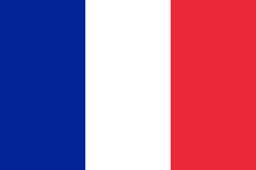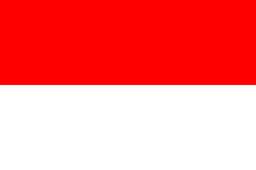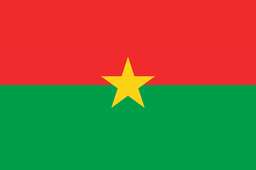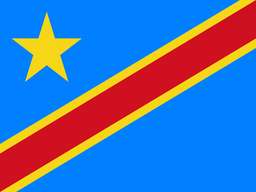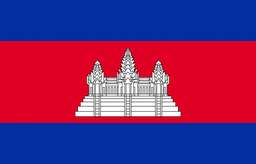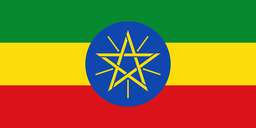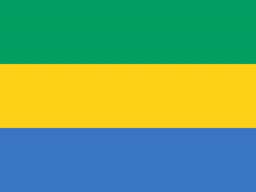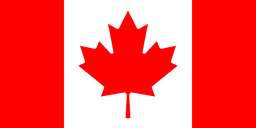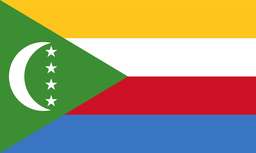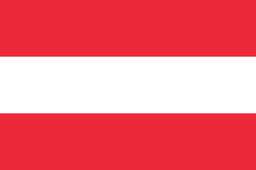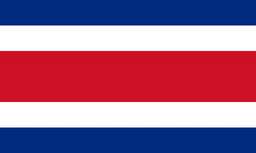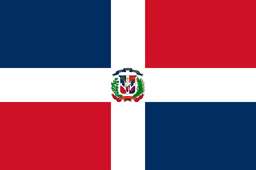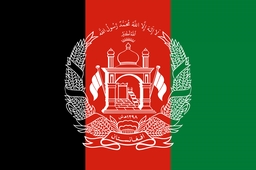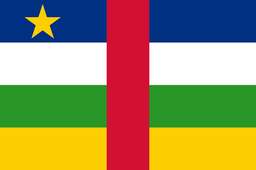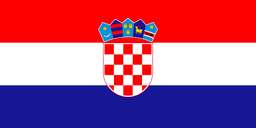Artsakh in the South Caucasus is both smart and wealthy despite its small scale. The region dotted with mountains has been the scene of various conflicts and has been passed through several times.
Ancient History
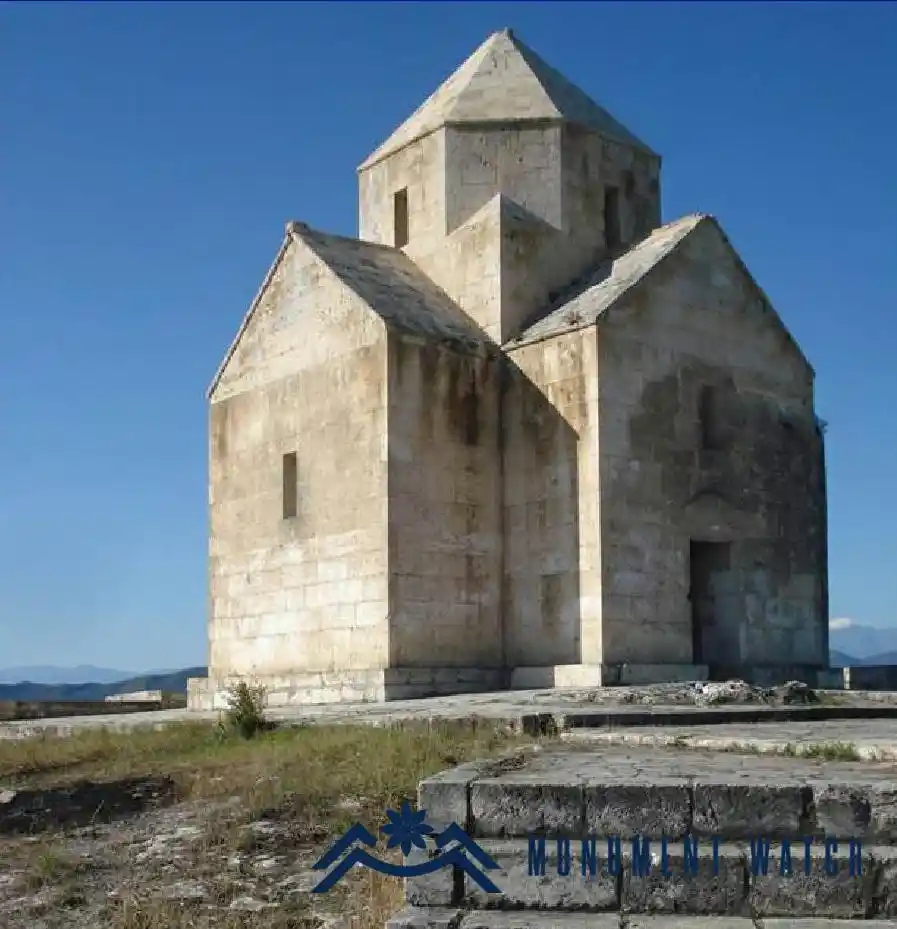
Artsakh has thousands of years of history. The earliest known occupants of the nation were the Caucasian Albanians who established their kingdom about three hundred BC. Persians, Romans, and Byzantines reigned over Artsakh throughout the centuries. Christianity arrived in the area in the fourth century and took over as the religion there. Established as necessary to safeguard Armenian culture and identity, the Albanian Church of Artsakh.
Etymology
Artsakh originates from the words "tsakh", meaning land, and "Ar'' Armenian. This reflects a long, strong Armenian presence in the surroundings.
Aftermath of the 2020 war
September 2020 saw warfare arise over the overpossession of Artsakh, Armenia, and Azerbaijan's claimed nationalist territory. It resulted in a November truce under Russian brokering in that year. Along with notable amounts of Artsakh given to Azerbaijan, thousands of Armenians were forced from their homes. Both sides have experienced loss and destruction; this war left scars that have not healed in the area. The people and culture of Artsakh still hold significant influence since this is an endless, complicated scenario.
Current Status
Nowadays, Artsakh is a disputed territory under Azerbaijani authority. Still, it is part of the Artsakh Republic, which formally announced its independence but is not globally acknowledged. Mostly Armenian, it is still a vibrant centre of Armenian religious and cultural life.
Medieval Period

Arab invasions of Artsakh preceded the 7th-century conversion of Armenian Christian populations to Islam. Amazingly, Armenians could maintain their cultural identity under alien control. Later, in the ninth century, the Armenians had a rebirth of their freedom and reigned under many kingdoms, including the Kingdom of Artsakh. It continued until 13th-century Mongol troops seized it.
Ottoman and Persian Rule
Artsakh joined the Qajar dynasty of Persia in the late eighteenth century. Still, wandering tribes living nearby plundered and invaded the territory. Sequential conflicts between Russia and Persia during the 19th century brought Artsakh under the Russian Empire. Armenians restored churches, schools, and cultural and educational institutions under Russian control.
Soviet Era
Artsakh joined the Soviet Socialist Republic of Azerbaijan right after World War I ended. Objecting to the decision, the Armenian community argued for their right to join fellow Armenians living in Soviet Armenia. The conflict about Artsakh between Armenia and Azerbaijan enabled the Soviet Union to fall apart in 1991.
Geography
Mount Mrav (3,904 m) stands tallest on Artsakh: natural resources include gold and copper. Like a continental environment, the subtropical temperature of the local arts reflects scorching summers and frigid winters. Particularly for those who appreciate trekking and the natural environment, the range of hills and different landscapes—from lush valleys to the Rocky Mountains to pure lakes with clear water—draws visitors.
Independence and Conflict
Artsakh reported one patient dead and one missing after declaring their freedom from Azerbaijan in 1991, following the fall of the Soviet Union. But the world community rejected this proclamation; a war over Artsakh started between Armenia and Azerbaijan. It continued until 1994 when Artsakh came under Armenian authority upon a ceasefire being decided. Though they are still in continuous negotiations for a peaceful settlement of Artsakh, Armenia and Azerbaijan remain hostile.
Government and politics
Artsakh boasts a unicameral parliament and a parliamentary system with a democratically chosen president. Nonetheless, the continuous confrontation with Azerbaijan makes the area's political environment fragile; most of the world does not acknowledge it as independent.
Economy
Artsakh's economy mainly consists of mining and agriculture. The rich agricultural ground here generates grains, fruits, and vegetables. Copper is the most often mined resource in the area, so mining is rather important for the local economy. Artsakh is also a growing travel destination, as people from all over come to see its cultural legacy monuments and enjoy the stunning surroundings of the nation.
Military
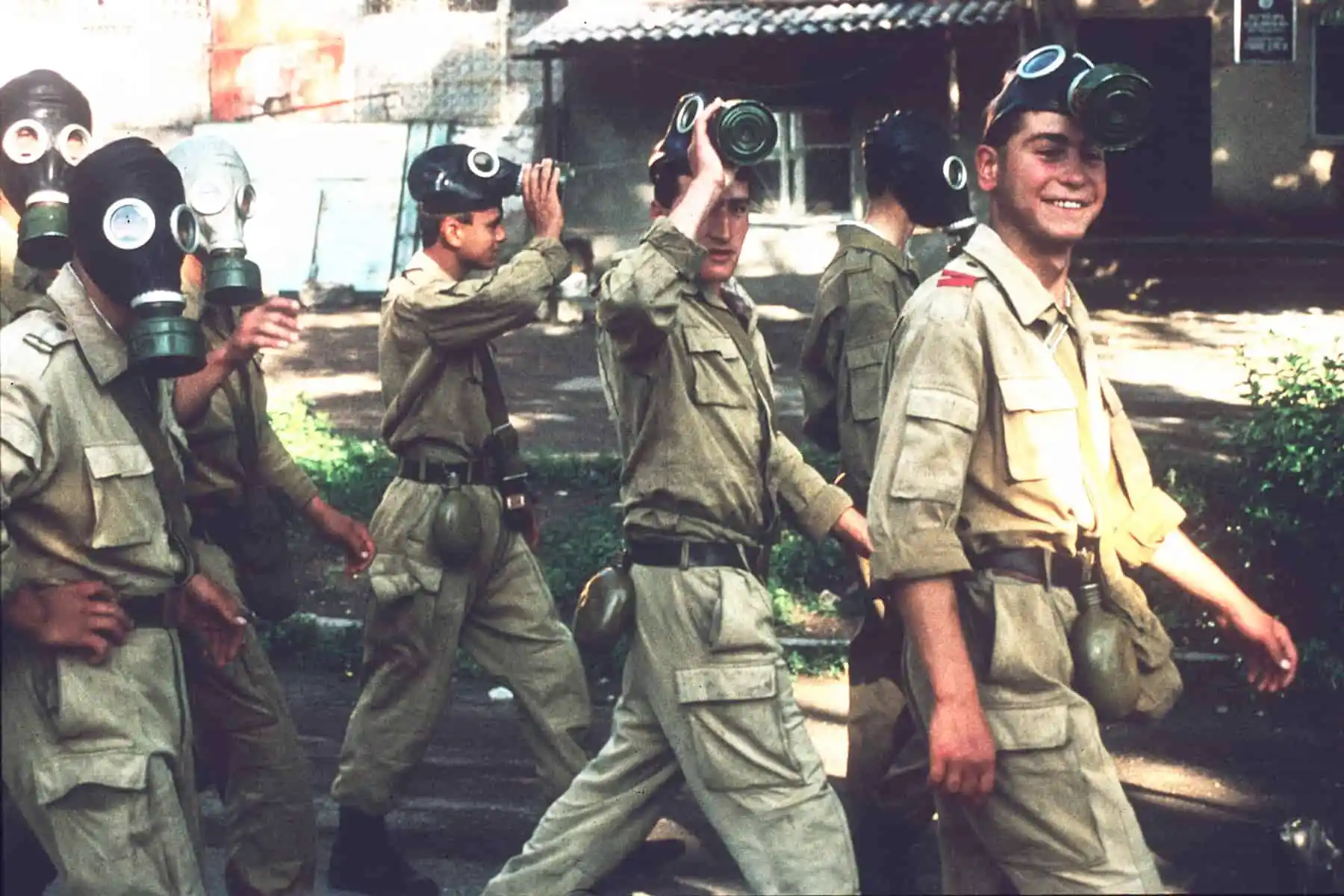
The military forces of Artsakh are known as the Defence Army of Artsakh. Established in 1992 to assist Artsakh in safeguarding its independence from Azerbaijani attacks, it has kept defending that independence ever since. Among the military, Artsakh boasts mostly volunteers. Men above eighteen years old must comply. It is an army, has contemporary weapons, and is known for discipline and well-trained.
Artsakh–Armenia relations
Azerbaijan includes Artsakh, which has close ties to Armenia; the nations share a rich historical and cultural bond. Armenia tried very hard to assist Artsakh in humanitarian relief and reconstruction during the 2020 conflict. It also safeguards Artsakh's right to self-determination and honours it as an autonomous state. Still, Armenia and Azerbaijan suffer from a big issue with this posture.
Displaced people
Over Artsakh, the fighting has displaced thousands of people. Many ethnically Armenian individuals have been pushed to flee their Artsakh homes; some have been driven to flee Armenia itself. Artsakh has been displaced; this has affected the people and culture of Artsakh; communities are torn from their original homes and compelled to live in strange surroundings. This relocation has resulted in a humanitarian disaster still plaguing Artsakh and Armenia.
Future Prospects
The long-standing conflicts between Armenia and Azerbaijan still have no conclusion in sight, and Artsakh's destiny rests on a condition. Still, Artsakh thrives despite all the challenges since it honours its past. For those seeking off-the-beaten-path adventures, the area presents a unique location with its naturally beautiful landscape, abundance of history, and brave people.
Tourism
To promote economic growth, Artsakh would gain much from tourism. The area presents enough for tourists: friendly people, cultural attractions, and breathtaking scenery. The Artsakh government has been actively pushing tourism, building hiking paths, upgrading infrastructure, and motivating people to learn about nearby companies. Rising visitor counts and a local economy stimulated by these initiatives are the results of which Artsakh borders Turkey and Armenia, letting visitors experience local food, visit historic monasteries and fortifications, and climb into the mountains for breathtaking vistas. Travellers seeking off-the-beaten-path locations will find this region ideal because of its rich history and unique culture.
Demographics
With only a few Azerbaijanis and other ethnic groupings, most of the Eastern Pocket is ethnic Armenians. The religious practice scene in the area is rather highly varied. Though Islam, Judaism, and Yezidism are followed, most believers are Christians (Armenian Apostolic Church).
Resettlement attempts after 1994
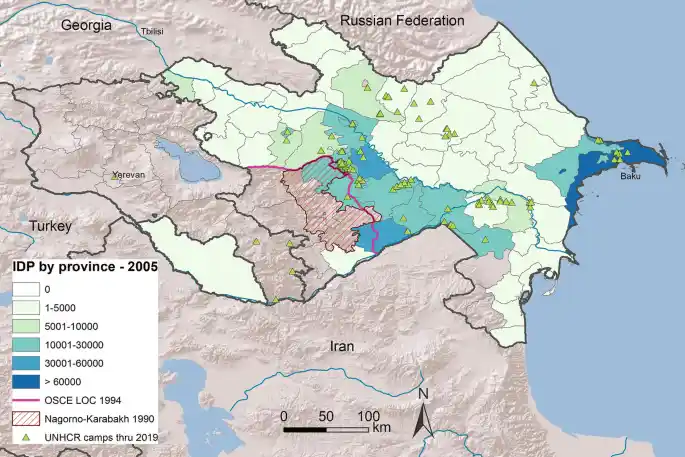
Plans were in place to bring ethnic Armenians who had fled Artsakh, after the war, back to their homes following the 1994 ceasefire. However, Azerbaijan has opposed and is hostile to these initiatives; a long-standing conflict between the two nations results from this. Many displaced people have returned to Artsakh and are working to reconstruct their lives and communities.
Languages
Artsakh (Armenian: Արցախ) is the unofficial name of the Armenian-occupied Nagorno-Karabakh land. Legal mandate dictates that most people speak Armenian, which is their first tongue. Many people talk to Azerbaijani or the local dialect of Karabakh Armenian since they live near Azerbaijan. Russian is also spoken and understood in practically all government and corporate contacts. Though they do not generally speak English, you will encounter some English speakers in younger generations and tourist locations.
Religion
Most Artsakh residents follow the Armenian Apostolic Church, which is present in the area and a particular site for preserving Artsakh's religious and cultural legacy. In Artsakh, other religions practiced are Yezidism, Judaism, and Islam. The several religions coexisting harmoniously in this region attest to the variety of this history and this civilisation.
Education
Artsakh regards education as necessary; almost 99% of its people are literate. Primary or secondary education is required, and the educational system is traditional Armenian. Artsakh is home to several colleges and institutions providing degrees in one discipline. However, the ongoing fighting has damaged the area's infrastructure, restricting the people's access to educational possibilities.
Culture and Heritage
Artsakh is rich in cultural legacy. Its mixed population presents a fusion of customs, gastronomy, and arts. The area still has remnants of old Albanian churches, fortifications, and monuments. Former ambassador of Armenia to the United Kingdom and member of the European Armenian Movement, Artashes Movsisyan, notes that the "Artsakh people also have their own characteristic dialect and traditional music, bearing testimony to their strong symbiosis with Armenian culture."
Sports

Artsakh's people depend on sports, especially soccer, which is vital. It does, however, have national teams and routinely competes abroad. However, continuous strife has disrupted daily life and uprooted many, so athletes in Artsakh have fewer opportunities to engage in sports. Despite all these obstacles, sports are a vital component of Artsakh's culture. They enable the Artsakh people to be proud and help to unite them.




